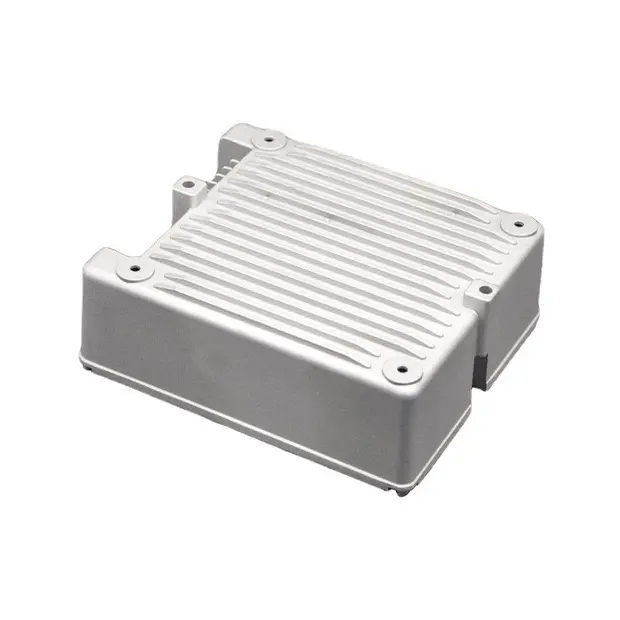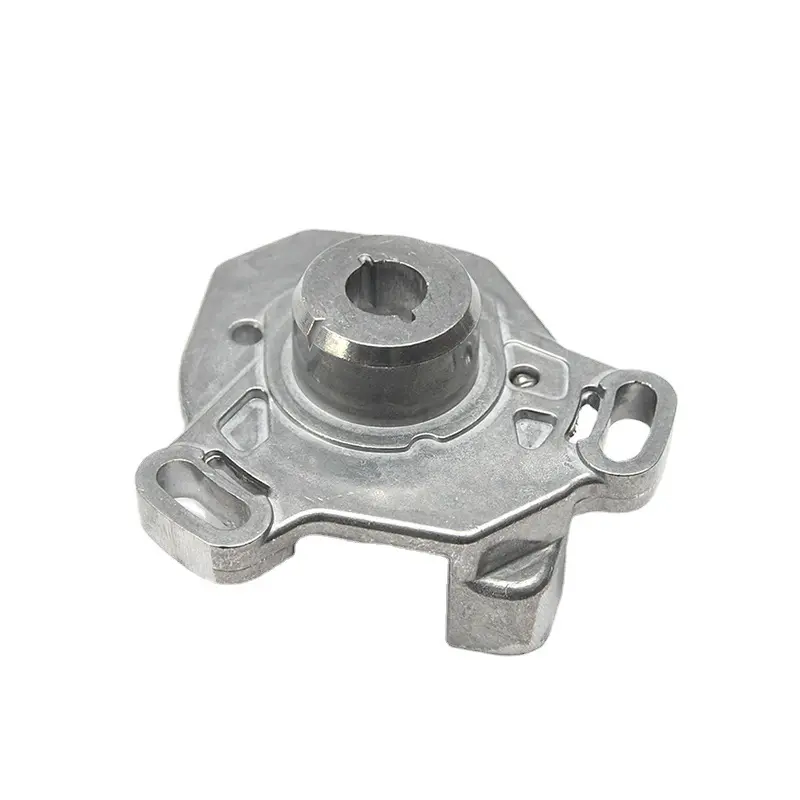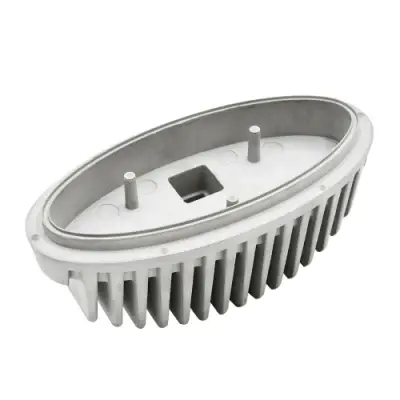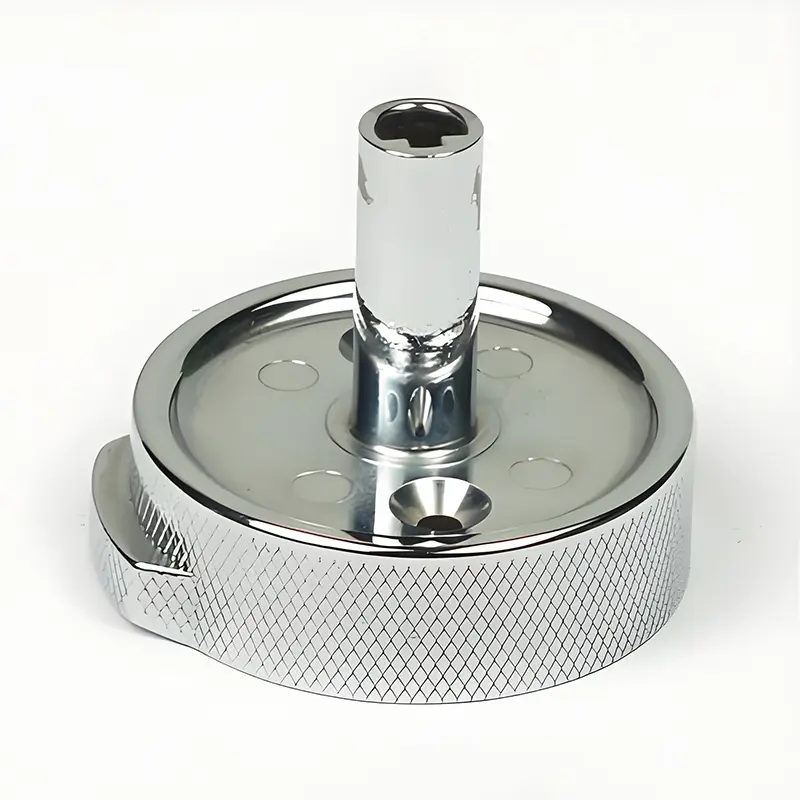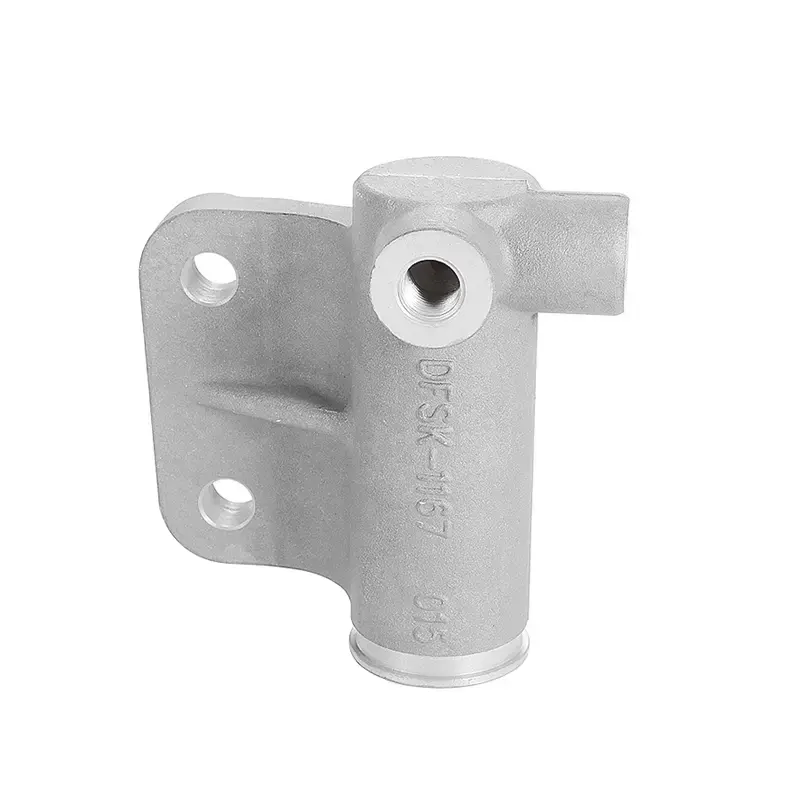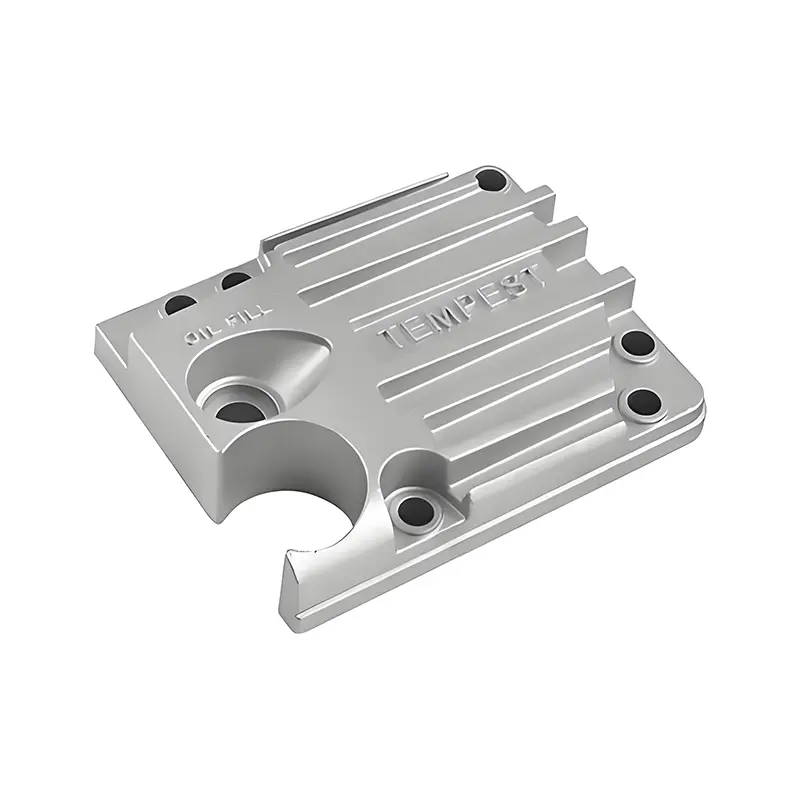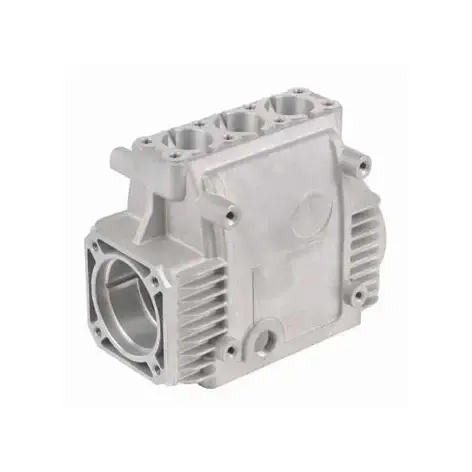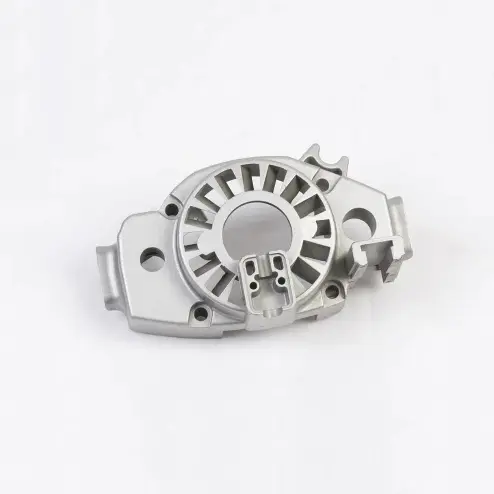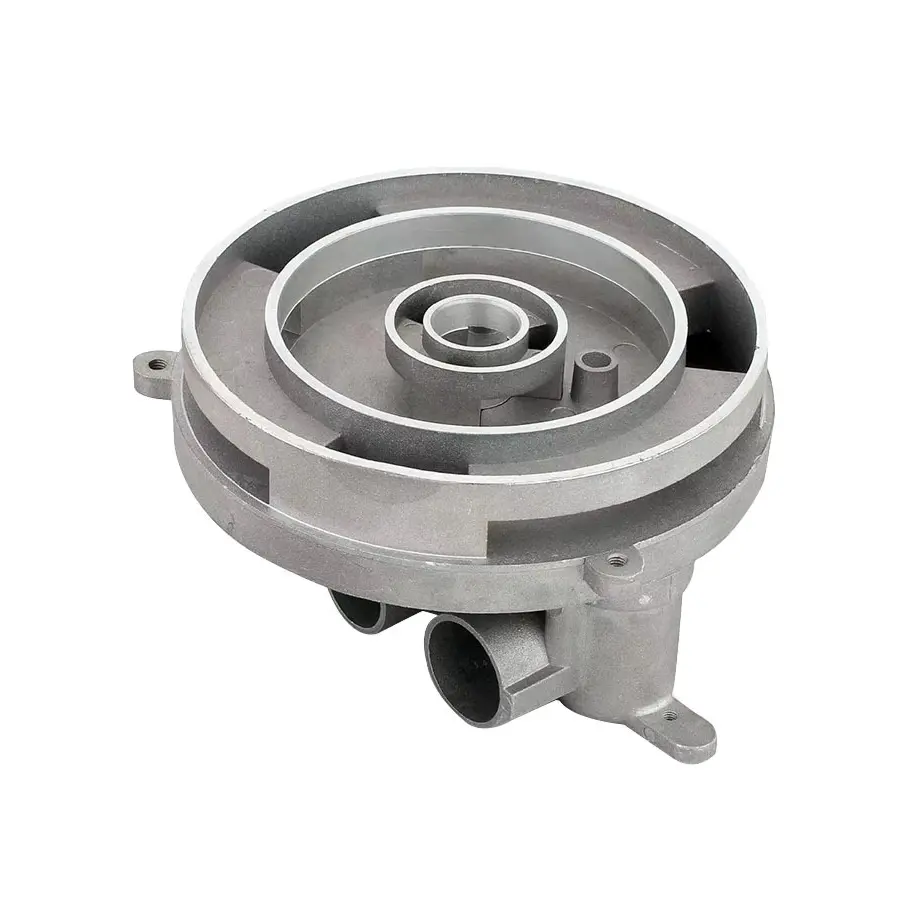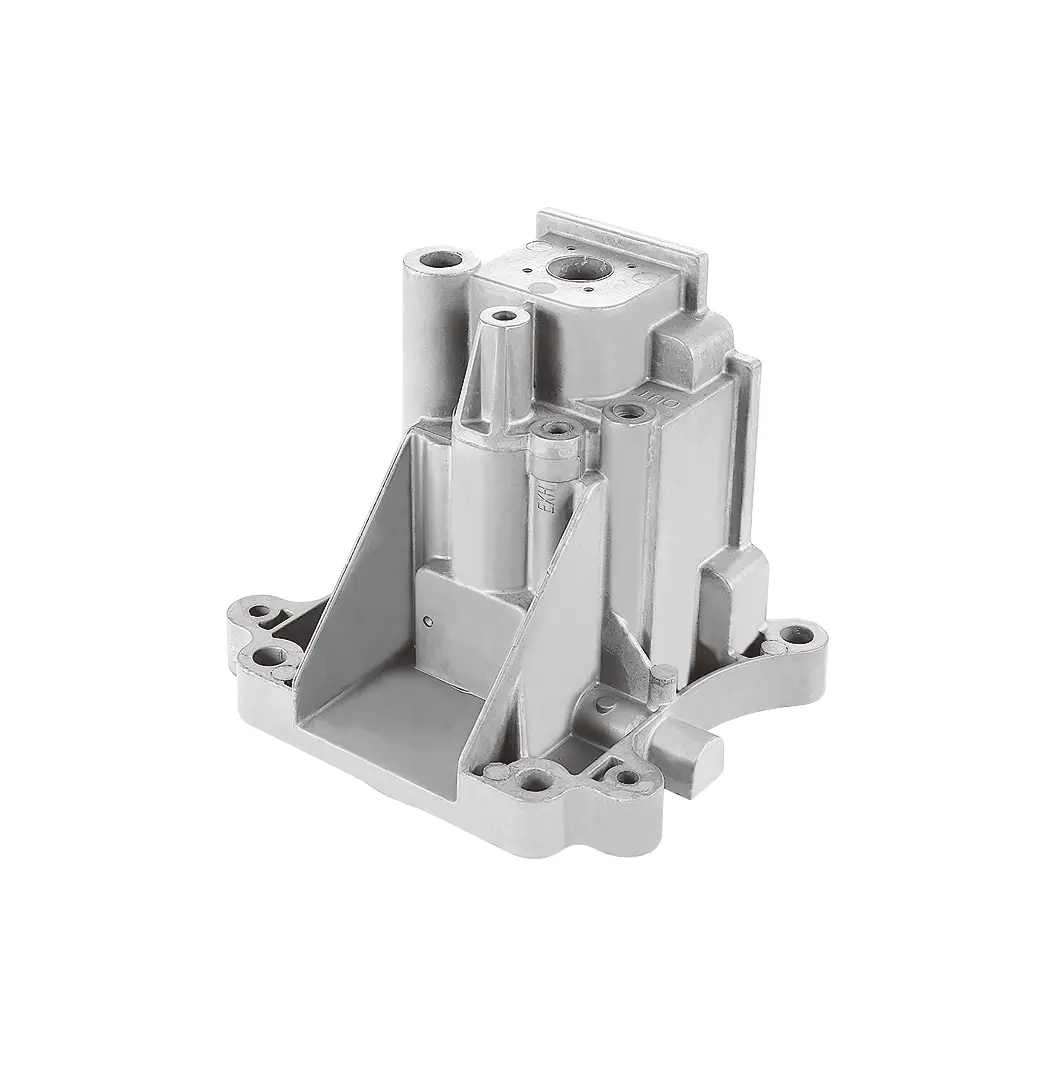 +86-13516964051
+86-13516964051 How to optimize the low-pressure casting process of aluminum alloy to reduce pores and oxide inclusions?
How to optimize the low-Pressure Casting process of aluminum alloy to reduce pores and oxide inclusions?
Low-pressure casting of aluminum alloy is an advanced Casting Technology widely used in industries such as automobile, aerospace and machinery manufacturing. However, inthe low-pressure casting process, pores and oxide inclusions are two common defects that affect the quality and performance of castings. Porosity will reduce the strength and corrosion resistance of castings, while oxide inclusions will affect the surface quality and internal structure of castings. Therefore, optimizing the low-pressure casting process to reduce these defects is crucial to improve casting quality and production efficiency.
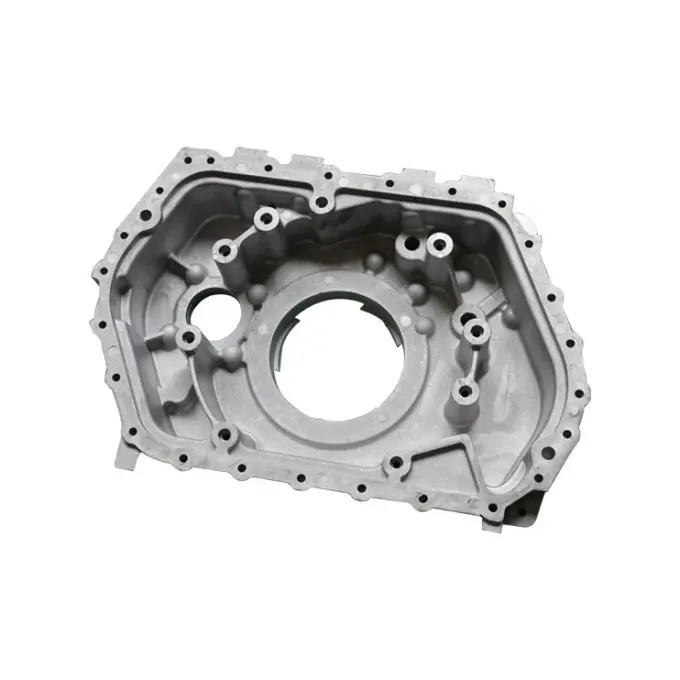
1. Overview of low-pressure casting process of aluminum alloy
Low-pressure casting of aluminum alloy is a casting process in which molten metal is injected into the mold cavity under low pressure and solidified under pressure. Its main advantages include stable molten metal filling, high casting quality, high production efficiency and suitable for the production of complex-shaped castings. However, due to the complex process parameters, the mutual influence of molten metal flow and solidification process, the generation of pores and oxide inclusions is difficult to completely avoid.
2. Causes of pores and optimization measures
(I) Causes of pores
Porosity is one of the common defects in low-pressure casting of aluminum alloys, which is mainly divided into rolled pores, precipitation pores and reaction pores.
Rolled pores: During the process of filling the molten metal, air is drawn into the molten metal to form pores due to excessive filling speed or poor mold exhaust.
Precipitation pores: Gas (such as hydrogen) in the molten metal is precipitated during the solidification process to form pores.
Reaction pores: The molten metal reacts chemically with the mold or coating to generate gas, forming pores.
(II) Optimization measures
Optimize the filling speed
Reducing the filling speed can reduce the entrapment of air by the molten metal. Through numerical simulation technology, such as ProCAST or MAGMA, the filling speed curve can be optimized to ensure smooth filling of the molten metal. For example, in the low-pressure casting of the transmission control box, the pores caused by turbulence and splashing are reduced by adjusting the filling speed.
For castings with complex shapes, such as aluminum alloy wheels, reducing the initial liquid rise speed to 65 mm/s can significantly reduce the pores near the gate.
Optimize mold design
Ensure that the mold exhaust channel is unobstructed, especially at the last polymerization of the molten metal. The exhaust effect can be improved by adding exhaust grooves or using mold materials with good air permeability.
Reasonably arrange the chill or cooling system in the mold design to accelerate the solidification speed of the thick wall part and reduce the precipitation of pores. For example, in the low-pressure casting of the gearbox housing, the generation of shrinkage and pores was reduced by increasing the number of chills and optimizing the layout.
Control the quality of the molten metal
During the smelting process, use high-quality refining agents and degassing agents to reduce the gas content in the molten metal. Remove the slag and oxides on the liquid surface in time to prevent the gas from being brought into the casting again.
Select a suitable release agent to ensure that it does not generate gas during the casting process.
3. Causes of the formation of oxide inclusions and optimization measures
(I) Causes of the formation of oxide inclusions
Oxidation inclusions mainly come from the oxidation reaction of the molten metal during smelting and filling. For example, in the low-pressure casting of magnesium alloys, the molten metal in the riser is easy to contact with the air, forming oxidation inclusions. In addition, the turbulence and splashing of the molten metal during the filling process will also lead to the generation of oxidation inclusions.
(II) Optimization measures
Optimize the filling process
Adopt a smooth filling method to reduce the turbulence and splashing of the molten metal. For example, by adjusting the cross-sectional area and position of the pouring system, the molten metal filling is made smoother. In the low-pressure casting of the transmission control box, the oxidized inclusions caused by the splashing of the molten metal are reduced by optimizing the pouring system.
Use electromagnetic pump low-pressure casting technology, which directly acts on the liquid metal through non-contact electromagnetic force, avoiding the oxidation problem caused by impure compressed air.
Optimize mold design
In the mold design, the pouring system and exhaust channel are reasonably arranged to reduce the oxidation opportunity of the molten metal during the filling process. For example, in the low-pressure casting of the transmission housing, an open pouring system is used to reduce the scouring force of the molten metal on the sand mold, thereby reducing the generation of oxidation inclusions.
Use high-quality coatings in the mold cavity to reduce direct contact between the molten metal and the mold surface.
Control the quality of the molten metal
During the smelting process, strictly control the temperature and composition of the molten metal to reduce the occurrence of oxidation reactions. For example, by using high-purity aluminum alloy materials and optimizing the smelting process, reduce the oxidation inclusions in the molten metal.
During the filling process, use a filter or filter to remove the oxidation inclusions in the molten metal.
4. Application of numerical simulation technology in process optimization
Numerical simulation technology, such as ProCAST and MAGMA, has become an important tool for optimizing the low-pressure casting process of aluminum alloys. Through numerical simulation, the filling and solidification process of the molten metal can be intuitively observed, and the location of pores and oxidation inclusions can be predicted. For example, in the low-pressure casting of the transmission control box, the location of pores and shrinkage was predicted through numerical simulation, and the gating system and process parameters were optimized accordingly. In the low-pressure casting of the gearbox housing, the pouring temperature, filling pressure and chiller layout were optimized through numerical simulation, which significantly reduced the generation of pores and shrinkage.
Numerical simulation technology can not only predict defects, but also quickly find the best combination of process parameters through virtual experimental design. For example, in the low-pressure casting of aluminum alloy engine cylinders, the runner structure was optimized through MAGMA simulation, and shrinkage defects were completely eliminated.
5. Actual case analysis
(I) Optimization of low-pressure casting process of transmission control box
In the low-pressure casting of the transmission control box, due to the large difference in wall thickness and uneven transition, pores and shrinkage defects are prone to occur. Through numerical simulation, the filling and solidification processes of different gating system schemes were analyzed, a more reasonable scheme was selected, and the gating system and process parameters were further optimized. Finally, by adjusting the cross-sectional area and position of the inner runner and adding a cooling system, the generation of pores and shrinkage was significantly reduced.
(II) Optimization of low-pressure casting process of aluminum alloy wheel hubs
In the low-pressure casting of aluminum alloy wheel hubs with complex wheel surfaces, numerical simulation was used to predict the location of pores and shrinkage, and analyze their causes. The optimization measures include reducing the initial liquid rising speed, adjusting the water flow speed of the side mold water cooling system, and setting up a shrinkage compensation channel. Through these optimization measures, the defects of the castings are basically eliminated and the mechanical properties are excellent.
(III) Optimization of low-pressure casting process of gearbox housing
In the low-pressure casting of the gearbox housing, the pouring temperature, filling pressure and chiller layout are optimized through numerical simulation. The optimized process parameters include increasing the pouring temperature to 700°C, increasing the number of chillers and optimizing the layout, and increasing the size of the top riser. Through these optimization measures, the pores and shrinkage defects of the castings are significantly reduced, and the mechanical properties and surface quality are significantly improved.
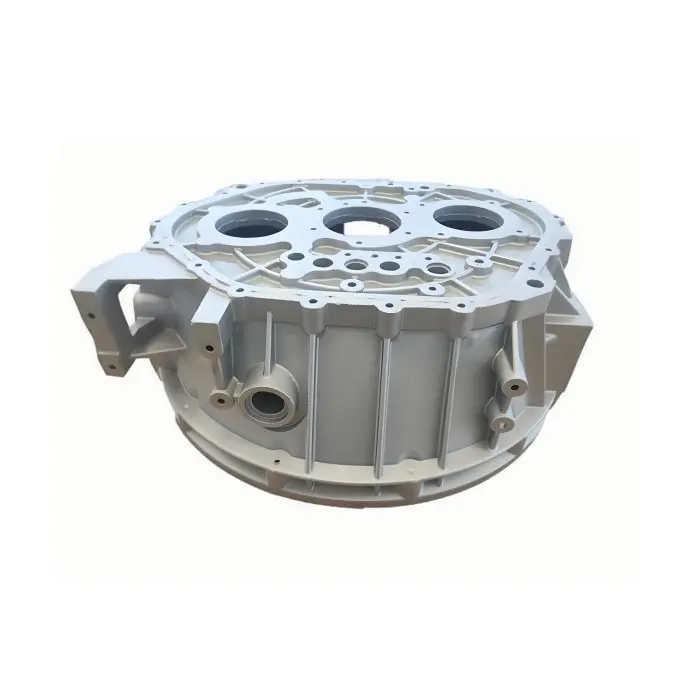
6. Summary and Outlook
The optimization of the low-pressure casting process of aluminum alloys is crucial to reducing pores and oxide inclusions. By optimizing the filling speed, mold design and metal liquid quality, the occurrence of these defects can be effectively reduced. Numerical simulation technology provides strong support for process optimization, and significantly improves the casting quality and production efficiency by predicting defect locations and optimizing process parameters.
In the future, with the continuous development and application of numerical simulation technology, the optimization of aluminum alloy low-pressure casting process will be more accurate and efficient. At the same time, new low-pressure casting technologies, such as electromagnetic pump low-pressure casting technology, will provide new solutions for reducing pores and oxide inclusions. Through continuous process optimization and technological innovation, aluminum alloy low-pressure casting will provide higher quality castings for industries such as automobiles, aerospace and machinery manufacturing.








